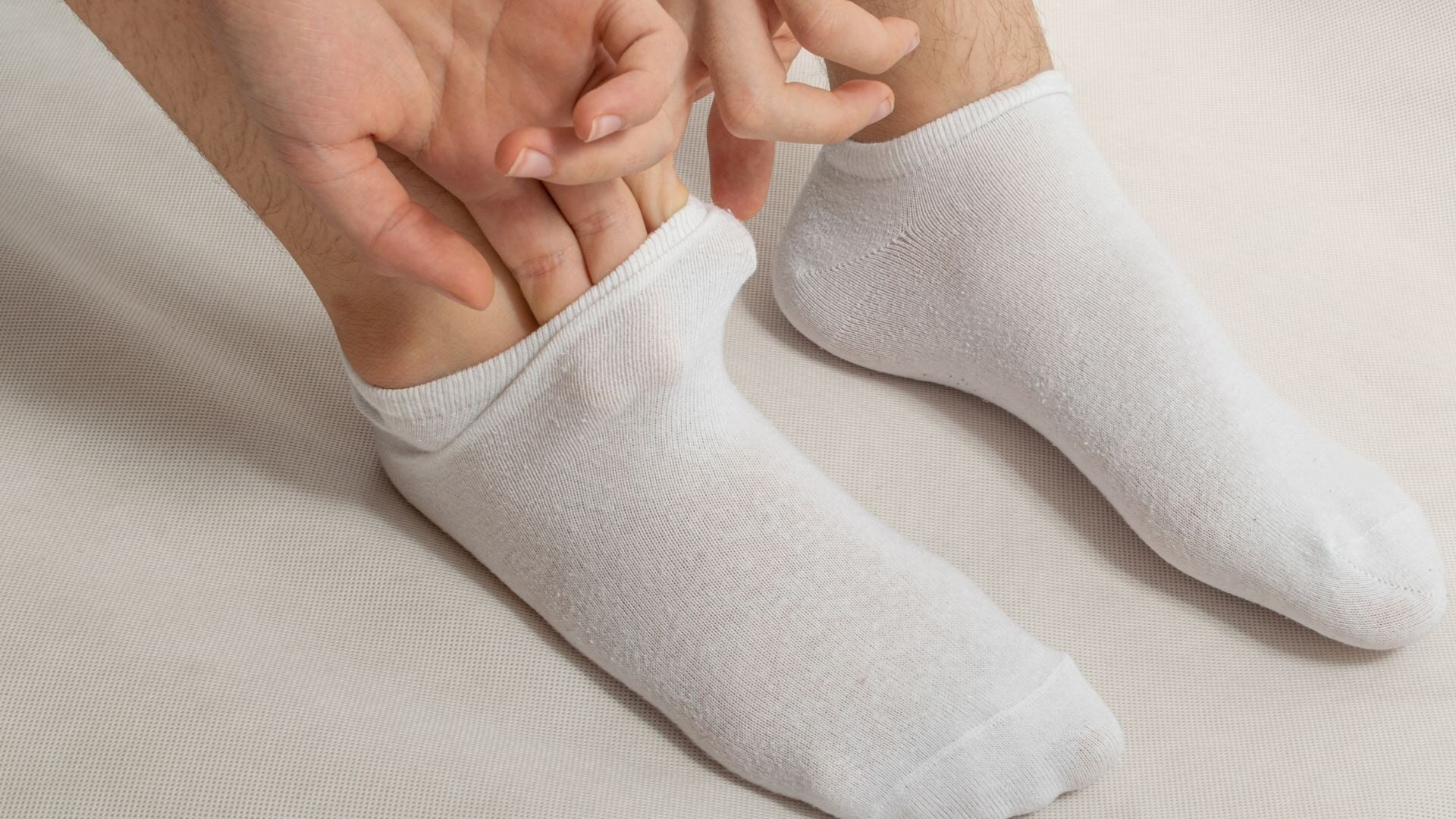Get to know your heart condition better! Do a simple “sock test”

Heart failure is one of the main causes of death in Poland. The disease often produces quite non-specific symptoms. That is why it is often downplayed. Do the “sock test”, find out what condition your heart is in and react before it's too late.
It is estimated that cardiovascular diseases are responsible for over 30 percent of all deaths in Poland, and over a million people suffer from heart failure. Cardiologists predict that these numbers will only increase in the coming years. Importantly, many people are not even aware of the fact that they have heart problems. Meanwhile, all you need to do is perform a very simple test to find out.
What is the “sock test”?
The “sock test” is very simple and does not require any special procedures. Just put on socks and see what your legs will look like after a few hours of wearing this item of clothing. Characteristic lines visible on the limbs (marks left by worn socks) and swelling of the feet are signals that may indicate a poor heart condition. Swelling can be one of the first signs of failure of this organ, especially when it appears without any specific cause. This includes, for example, standing for many hours, hot weather, keeping the body in one position for a long time or taking certain groups of medications.
Why can leg swelling indicate heart failure? When an organ is unable to work efficiently, disturbances occur in the flow of body fluids through blood vessels. These begin to accumulate in the subcutaneous tissue in various parts of the body (most often the legs and face), creating swelling. The problem worsens especially in the evenings. It can usually be alleviated by maintaining proper body position. Lying down allows fluids to be absorbed back into the bloodstream.
What are other symptoms of heart failure?
Swelling of the legs and feet is often accompanied by other symptoms. These include heart palpitations, rapid pulse, shortness of breath, and chest tightness. The patient often feels chronic fatigue (even after relatively little physical exercise). Long walks or climbing stairs become a problem. Wheezing occurs. If you notice unexplained swelling or other disturbing symptoms, do not hesitate, contact your primary care physician as soon as possible and ask for a referral to a cardiologist.






